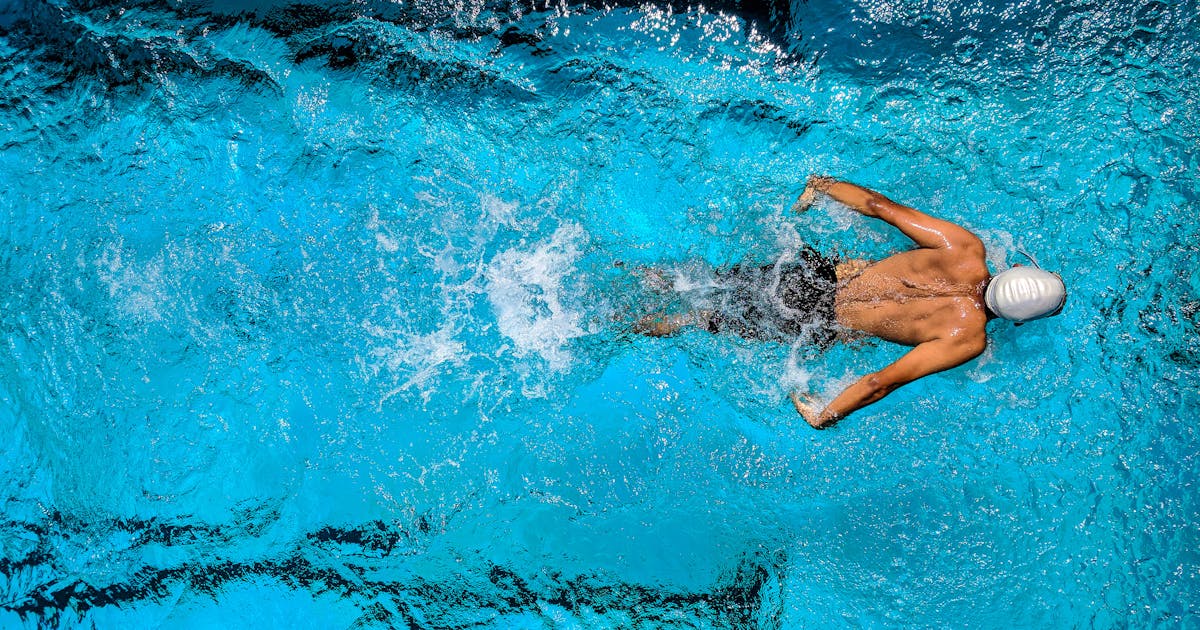Swimming in open waters, in addition to being a great sporting activity, can establish incredible contact with nature, but it requires care. Learn some essential safety tips for carrying out the practice.
Swimming in open water is certainly a pleasure that everyone wants – or should – feel.
Contact with nature, the feeling of opportunity and delightful scenes are only a portion of the numerous attractions that this sort of swimming can offer.
Not at all like the pool, which is a controlled climate, swimming in vast water brings many difficulties like temperature, wind, waves and flow that influence the work and, obviously, the competitor’s wellbeing.
With this in mind, we have arranged a few hints so you can complete the training all the more securely.
5 Security Tips You Should Follow
1. Train in open water
To be able to feel comfortable swimming in open water, it is necessary to practice in these conditions.
Even though there are unforeseen events in this type of swimming, it is important that you put together a training session to start practicing and improve, from the pool to the sea, so that all your senses can recognize the state of the ocean.
This is an excellent tip to start losing your fear of swimming or anxiety, knowing how to deal with nature and without swimming in despair due to any event that is different from normal.
Remember to never swim in the open sea alone: be accompanied by a coach or a friend and also let family members know where you are going.
2. Use sunscreen
You will be exposed to the sun and, therefore, it is important to be prepared against burns which, in addition to causing discomfort and pain, steal energy from your body.
Use sunscreen, Hipoglós ointment or water paste to avoid inflammation and skin burns.
3. Have comfortable attire
There are two types of suits that can be used for open water swimming: a swimsuit and neoprene.
The swimsuit is easy to transport, is simple to put on and take off, does not cause as much irritation to the skin and has more freedom in movement.
Neoprene has a thermal barrier, increases buoyancy, protects against salt and sun, but is a little more difficult to wear, as it is more specific to the swimmer’s body compared to a swimsuit.
In other words, neoprene is a piece that works best when tighter, but it cannot be too tight or too open, to the point of allowing water to enter between the skin and the fabric.
As much as the swimsuit provides more practicality, it is the neoprene that will bring greater adaptation to open waters and will also increase the benefits of swimming.
It is important that, when choosing, you take comfort into consideration, using a suit that does not hurt, inconvenience or limit your body, feeling firm and safe when swimming.
4. Use Vaseline
Vaseline will help prevent rashes caused by the suit, so the ideal is to apply it all over the straps, armpits and around the neck.
Two other options are lanolin or animal lard, which create even more intense protection, contributing to jellyfish burns and helping to maintain body temperature.
5. Use the appropriate accessories
Swimming goggles are important to keep your eyes dry and protect them from external factors, while the cap to keep your head warm, dry, aid buoyancy and, if it is bright and colorful, also makes you visible to other people in vessels or surfers, avoiding collisions, as well as helping to locate you.
For training, use the same materials suitable for swimming pools, such as fins, preferably those with a long flap, palms and a central snorkel .
These items will help you improve your performance, even if you cannot use them during the competition.
Items such as pull buoys , kickboards and other floating items for open water swimming are not necessary, as they can be more of a hindrance than a help.
Swimming buoys in open water can and should be used to ensure safety in cases of cramps and also to make you more visible in the water.
Minimum and maximum age for swimming
Regarding up to what age you can participate in open water swimming, the International Swimming Federation (FINA) says nothing about it. However, the minimum age is 14 years old.
It is believed that swimming can be practiced by the elderly, as long as there is the willingness and good health to carry out the practice safely, especially if there are Fire and Lifeguards available on the chosen beaches.
For competitions, it is always necessary to read the rules and observe the age group accepted in the sporting event

